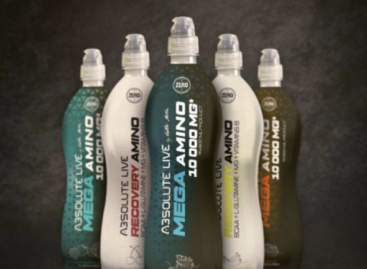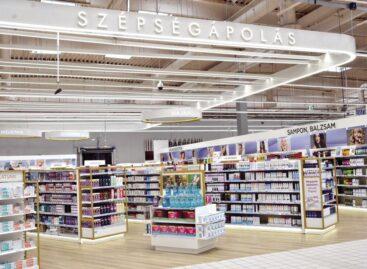Mineral water brands looking for ideal price/profit ratio
In spite of the recent drop in sales, the mineral water category still has potential for growth. However, closer co-operation with the retail sector is required to utilise this potential.. – The per capita consumption of mineral water is much higher in many western European markets then in Hungary. In spite of the economic situation, sales began to rise again in the fourth quarter of 2008 – says István Matus, operative CEO of Szentkirályi Ásványvíz Kft., the market leader. According to Éda Pogány, communications director of Coca-Cola Magyarország, sales of mineral water were down by 2.6 percent in 2008. – The biggest drop took place in the cheapest segment, indicating that this segment had become saturated, but sales in the premium segment rose – she adds. In the opinion of Noémi Csete, marketing director of Kékkúti Ásványvíz Kft., it is no wonder that last year’s very cold summer had a negative effect on sales and the economic crisis didn’t help either. As average price has been stagnating for two years, but production costs continued to grow the question of profitability has come up. Finding the ideal price/profit ratio has become on of the biggest challenges for manufacturers. – Less marketing is not a solution in itself. A rationalisation of costs is necessary but a rational marketing spending needs to be maintained – says György Földesi, strategic advisor of Fonte Viva Kft. There are few companies which have invested substantially into marketing and innovation in recent years. These will probably face difficulties this year – says Éda Pogány. As László Zentai, CEO of BUSZESZ Zrt has told us, practically all production costs are linked to the EUR. A 20 percent cost increase is to be incurred automatically this year, resulting from the weakness of the HUF. The market share of private labels has begun to shrink in the last months of 2008. Too much shelf space was allocated to PL-s by retailers which has lead to problems with profitability. At the same time, brand products became more affordable. However, there are also doubts about the long term decline of PL-s, because most consumers are aware of the fact that most PL-s and brands come from identical sources. BUSZESZ and Aquarius fight for private labels and will continue to focus on big retail chains. They believe that they still have potential for improving productivity. The dominance of the 1.5 litre size seems unshakeable. At the same time, a gradual shift is taking place in demand from carbonated waters to carbon-free ones. Growth has stopped in the flavoured segment, mainly as a result of increased price consciousness. There are opinions, that putting an aroma in water is not enough in itself but a message is also needed. Some retail chains have begun to reduce their assortments in the lowest price segment and might soon begin to support products with higher added value. There are also attempts at innovations in design. However, true technical innovation would be needed to make truly gas sealing caps or 5 gallon units, but these problems remain unsolved. – It is possible that mineral water has reached the limits of practicality like washing powder and future innovations will be mere face-lifts – says László Zentai. Kékkúti Ásványvíz Zrt introduced lightweight PET bottles for Theodora and Nestlé Aquarel products in April, reducing PET consumption by 20 percent and communicating its commitment to the protection of the environment at the same time. Coca-Cola Magyarország intends to maximise distribution of Naturaqua in order to reach as many consumers as possible. Fonte Viva intends to maintain its presence in the PL category and among brands well, with Fonte Verde. Szentkirályi, the biggest mineral water brand intends to improve the efficiency of its operation and its co-operation with retailers. They will focus on their basic product range this year, but also promise to have a surprise for the market.
Related news
Related news
The latest issue of Trade magazin is out now!
The digital version is available with more content once again…
Read more >FAO: global food prices increased for the second month in April on a monthly basis
In April, global food prices rose for the second month…
Read more >Beauty care travels at breakneck speed
Beauty care is one of the fastest growing markets in…
Read more >



